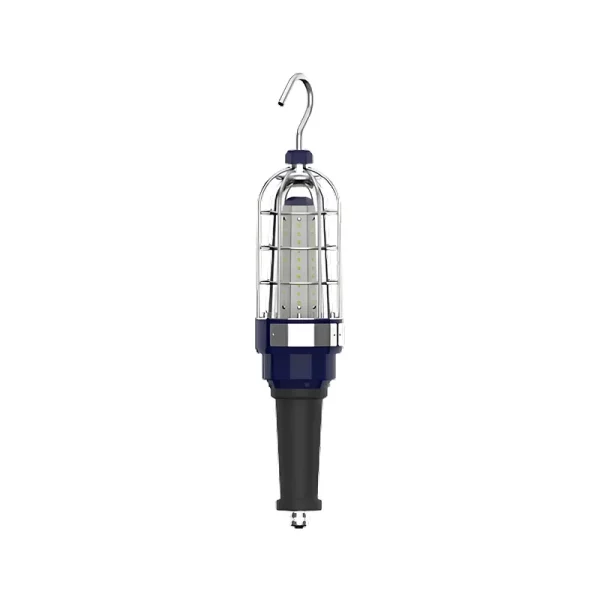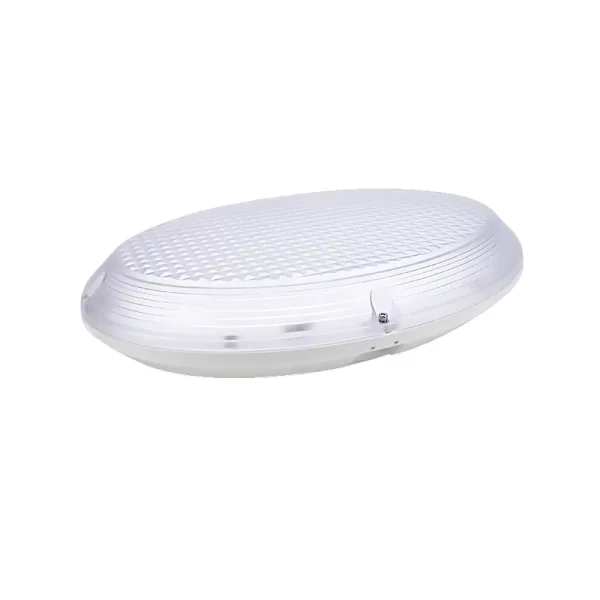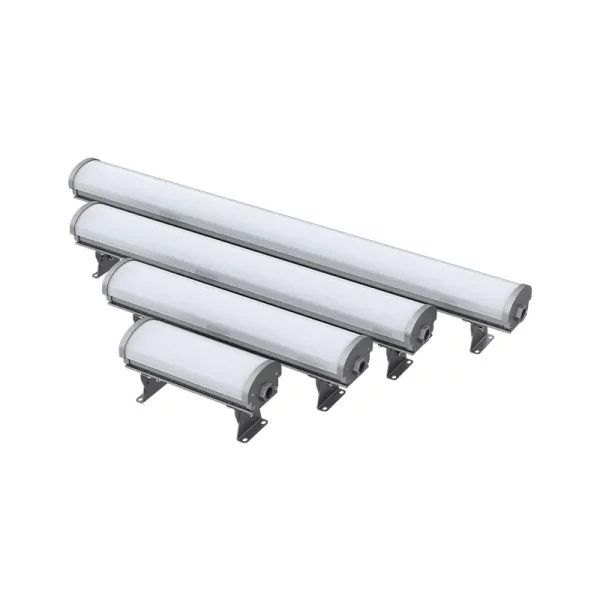Worldwide Confirmation
VTECH has achieved global certifications at the initial stage, ensuring enhanced safety standards in hazardous areas.
ATEX CERTIFICATION
ATEX (ATmosphères EXplosibles) certification is a European Union standard for equipment used in explosive atmospheres, ensuring safety in environments with a risk of explosions due to gases, vapors, dust, or flammable substances. It applies to both electrical and non-electrical equipment, as well as protective systems. The ATEX directive consists of two parts: ATEX 2014/34/EU, covering equipment, and ATEX 99/92/EC, focusing on worker safety. Certified equipment undergoes rigorous testing to prevent sparks, heat generation, and ignition. Equipment is categorized into zones based on the risk of explosive atmospheres. Compliance is essential for manufacturers seeking to sell in the EU market and provides assurance to industries like oil, gas, chemicals, and pharmaceuticals. ATEX certification enhances safety, reduces risks, and helps prevent accidents.
IECEX CERTIFICATION
IECEx is a global certification system that certifies equipment for use in explosive atmospheres. Its quality assessment guidelines are based on standards developed by the International Electrotechnical Commission (IEC). IECEx certification ensures that all safety requirements stipulated in the IEC standards are met and that both the explosive atmosphere areas and the personnel working within them are as safe as possible.
CNEX CERTIFICATION
The CNEX certification is another important certificate for explosion-proof equipment. It is issued in China and holds a great credibility in many countries. According to this certification, all electronic devices with circuits and electrical currents that could be a source of ignition or explosion can be installed in hazardous areas if they are approved by CNEX standards. All equipment with this certification is also explosion-proof, and this certification is more common in China than in other countries.
CE CERTIFICATION
CE certification indicates that a product complies with European Union (EU) safety, health, and environmental standards. “CE” stands for “Conformité Européenne,” meaning European Conformity. Mandatory for certain products sold in the EU, the CE mark ensures compliance with essential EU regulations. It applies to items like machinery, medical devices, electronics, toys, and construction materials. The certification process includes product testing, quality checks, and adherence to EU directives, with manufacturers responsible for compliance. The CE mark signifies a product is safe for use and allows free trade across EU member states. While not a quality certification, it confirms conformity to EU standards and reduces trade barriers. The process may involve third-party testing depending on the product and risk level, providing assurance to consumers and businesses alike.
CCC CERTIFICATION
The China Compulsory Certification (CCC) mark is a safety and quality certification required by the Chinese government for 103 products across 17 categories, including electrical fuses, toaster ovens, automobile parts, and information technology equipment. It is essential to note that around 20% of US exports to China are included in this category of products.All products, whether imported or made in China, that fall under these categories must obtain CCC approval before they can be imported, sold, bought, used, or traded in China. Moreover, unauthorized use of CCC licenses or printing the CCC mark on uncertified products can attract significant fines and penalties.
IEC CERTIFICATION
IEC certification ensures a product meets international standards for safety, quality, and performance set by the International Electrotechnical Commission (IEC). This global body develops guidelines for electrical and electronic technologies to ensure reliability and safety. IEC certification applies to various products, from electrical equipment to renewable energy solutions, and signifies rigorous testing for global market suitability. For manufacturers, it boosts credibility, reduces trade barriers, and supports international trade. While not always legally required, it’s highly valued and often essential for certain products. Consumers can trust IEC-certified products for their safety and reliability. The process covers electrical safety, environmental impact, and more, ensuring compliance through regular inspections. IEC certification fosters trust, supports innovation, and helps align new technologies with global standards.
ISO9001 CERTIFICATION
ISO9001 is a universally accepted standard for quality management that is recognized worldwide. It is designed to aid organizations of all sizes and sectors in improving their performance, meeting customer expectations, and demonstrating their commitment to quality. The standard is defined as an international specification that outlines the requirements for a quality management system (QMS). Organizations use the standard to demonstrate their ability to consistently provide products and services that meet customer and regulatory requirements.
ISO14001 CERTIFICATION
ISO 14001 is an international standard for environmental management systems (EMS) developed by the International Organization for Standardization (ISO). It provides a framework for organizations to manage their environmental responsibilities systematically and sustainably. The standard helps businesses reduce their environmental impact, improve energy efficiency, and comply with regulations, applying to organizations of all sizes and industries. Based on principles like continuous improvement and regulatory compliance, certification requires identifying environmental impacts, setting objectives, and implementing controls. Certification is granted through rigorous audits by accredited bodies, with regular surveillance to ensure ongoing compliance. ISO 14001 reduces environmental footprints, enhances reputation, lowers costs, and improves global competitiveness while supporting corporate social responsibility initiatives.
HighTech CERTIFICATION
ISO 14001 is an international standard for environmental management systems (EMS) developed by the International Organization for Standardization (ISO). It provides a framework for organizations to manage their environmental responsibilities systematically and sustainably. The standard helps businesses reduce their environmental impact, improve energy efficiency, and comply with regulations, applying to organizations of all sizes and industries. Based on principles like continuous improvement and regulatory compliance, certification requires identifying environmental impacts, setting objectives, and implementing controls. Certification is granted through rigorous audits by accredited bodies, with regular surveillance to ensure ongoing compliance. ISO 14001 reduces environmental footprints, enhances reputation, lowers costs, and improves global competitiveness while supporting corporate social responsibility initiatives.
TÜV CERTIFICATION
TÜV certification in hazardous areas ensures that equipment used in explosive environments meets stringent safety and performance standards. Issued by TÜV (Technischer Überwachungsverein), a globally recognized testing and certification organization, this certification confirms that products are designed to prevent ignition in areas with flammable gases, vapors, or dust. It involves rigorous testing of materials, designs, and functionality under adverse conditions. TÜV-certified equipment complies with international standards like ATEX or IECEx, ensuring safety and reliability. This certification is essential for industries such as oil and gas, petrochemicals, and mining, assuring safe operations in hazardous environments while facilitating global market access
ROHS CERTIFICATION
RoHS (Restriction of Hazardous Substances) is an EU directive aimed at reducing the environmental impact of electronic and electrical products. It restricts the use of certain hazardous materials in the manufacturing of electrical and electronic equipment. These materials include lead, mercury, cadmium, hexavalent chromium, polybrominated biphenyls (PBB), and polybrominated diphenyl ethers (PBDE). RoHS compliance ensures that products are safer for both consumers and the environment. Manufacturers must test and certify that their products meet RoHS standards before placing them on the market. The directive promotes sustainability by encouraging the use of safer alternatives in electronic products.
MA CERTIFICATION
Coal Mine Safety Mark Certification, also known as Coal Safety or MA, is a mandatory certification established by the National Coal Mine Safety Mark Office for products used in underground coal mines. This certification ensures that all items listed in the mining product safety certification catalog meet most firm safety standards and regulations. The process includes serious testing, detailed inspections, and thorough document reviews to confirm that each product complies with the required safety guidelines. Products that obtain this certification are marked with a special seal, indicating their safety and reliability for use in hazardous environments. This certification is necessary for minimizing risks and protecting every miner’s health and safety. It also assures users that the equipment has undergone precise assessments and meets national safety standards, promoting a safer working environment in the mining sector. Manufacturers with this certification can confidently market their products as compliant with these strict safety requirements, enhancing overall safety in the industry.



